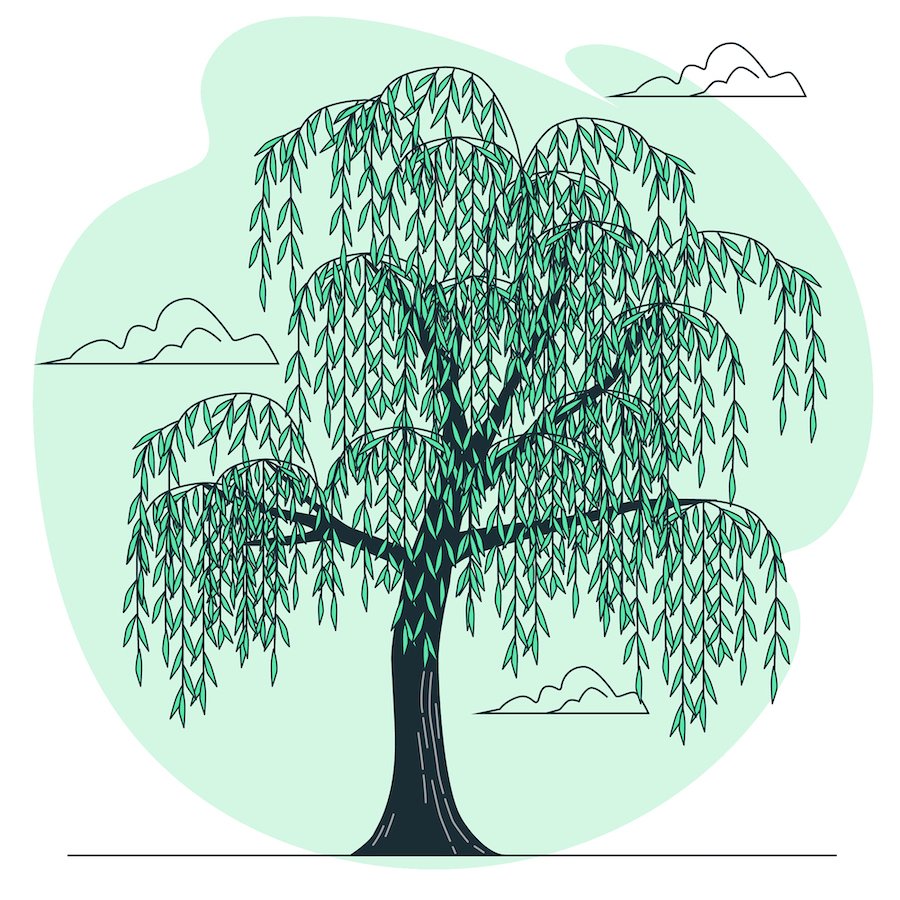Hello, friends! Trees are an essential part of our landscape, providing shade, beauty, and even increasing the value of our property. However, proper tree management is crucial to ensure their health, safety, and aesthetic appeal. In this blog post, we’ll discuss essential tree management practices for homeowners, including planting, pruning, and maintenance. So, let’s dive in and learn how to nurture and protect our leafy friends!
Selecting and planting trees
Choosing the right tree for your property is the first step in successful tree management. Consider the tree’s mature size, growth rate, and climate suitability when making your selection. Be sure to plant your tree in a location with adequate space for its roots and canopy to grow, away from power lines and underground utilities. Plant your tree at the proper depth, with the root flare just above the soil surface, and water it thoroughly.
Regular pruning and maintenance
Proper pruning is essential for maintaining a tree’s health, safety, and appearance. Prune your trees regularly to remove dead or diseased branches, promote healthy growth, and maintain a balanced shape. Be sure to use sharp, clean tools to make clean cuts and avoid damaging the tree. For large or difficult-to-reach branches, consider hiring a professional arborist to ensure a safe and effective job.
Mulching and fertilizing
Applying a layer of organic mulch around the base of your trees can help retain moisture, suppress weeds, and regulate soil temperature. Be sure to leave a gap between the mulch and the tree trunk to prevent rot and pests. Fertilize your trees as needed to provide essential nutrients for growth, but avoid over-fertilizing, which can lead to excessive growth and potential tree health issues.
Monitoring for pests and diseases
Keep an eye out for signs of pests and diseases, such as discolored leaves, oozing sap, or abnormal growths. Early detection and treatment can often prevent more severe issues and keep your trees healthy. Consult with a local arborist or extension service for guidance on identifying and addressing common tree problems in your area.
Storm damage prevention
Regular pruning and maintenance can help reduce the risk of storm damage to your trees. Remove weak or damaged branches and ensure that your trees have a strong, well-balanced structure. In addition, consider cabling or bracing large trees with weak limbs or multiple trunks to provide additional support and stability.
Tree removal and replacement
Sometimes, tree removal is necessary due to disease, storm damage, or other safety concerns. If you need to remove a tree, consult with a professional arborist to ensure a safe and efficient process. After tree removal, consider planting a new tree in its place to maintain your property’s beauty and ecological value.
Conclusion
Proper tree management is essential for maintaining the health, safety, and beauty of your trees and property. By selecting the right trees, practicing regular pruning and maintenance, and addressing any issues promptly, you can create a thriving and attractive landscape that benefits both you and the environment. So, let’s give our trees the love and care they deserve, friends! Happy tree managing!

